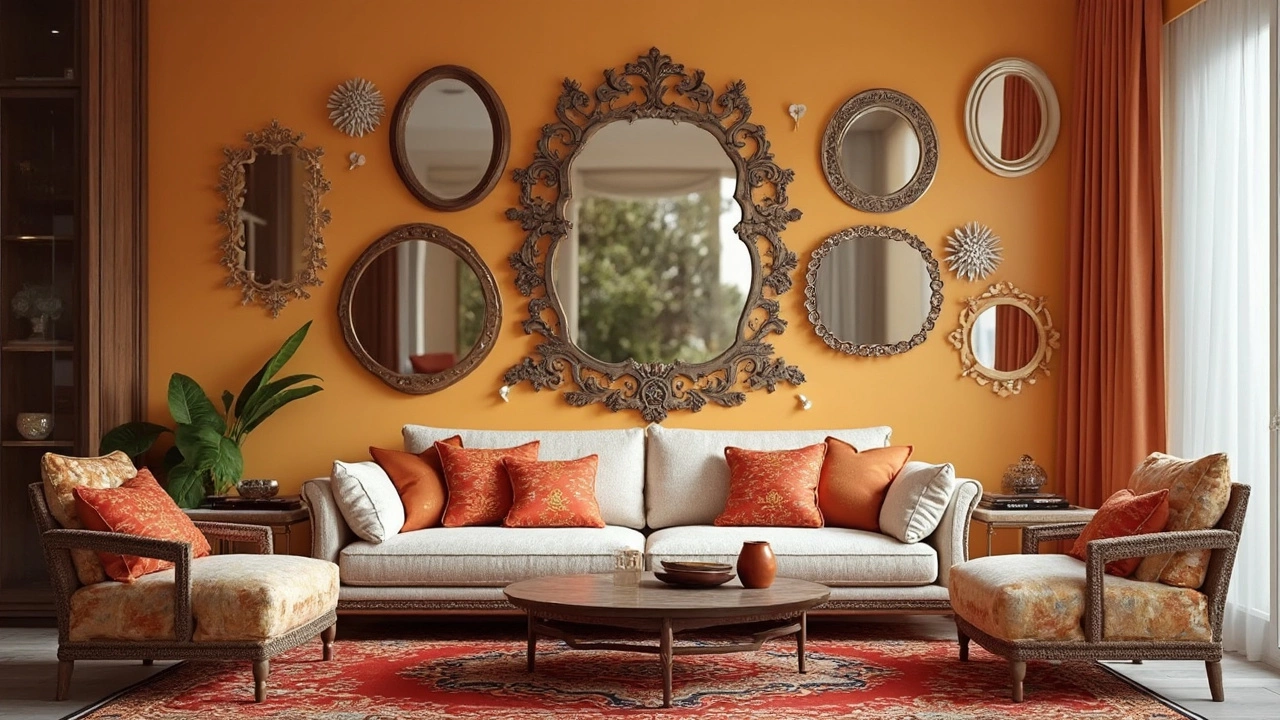
Best Mirror Thickness: What You Need to Know
Choosing the right mirror thickness can impact not just the look of your space, but also the mirror's durability and reflection quality. From safety considerations in high-traffic areas to cost and style, finding the perfect mirror thickness involves balancing multiple factors. With insights into the pros and cons of various thicknesses, this guide helps you make an informed decision for different spaces in your home. Whether it's a sleek bathroom mirror or a decorative piece in the living room, knowing the right thickness ensures both functionality and style.
View More